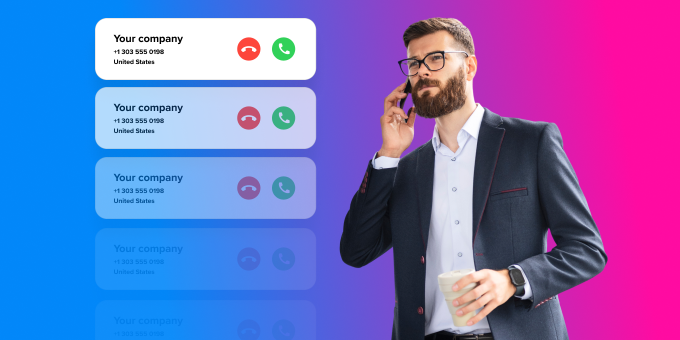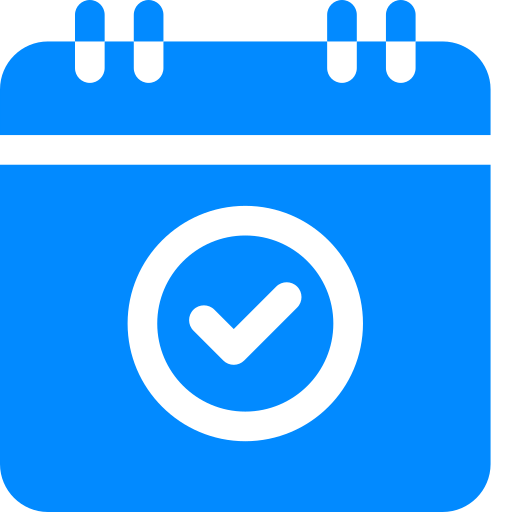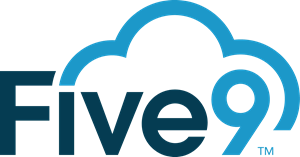70% of B2C Sales Teams Need 3 or More Calls to Reach a Lead: Study

If it takes your team three, five, or even ten calls to reach a single lead—you’re not alone.
We analyzed survey data from 464 companies across insurance, finance, higher education, home improvement, and other sales-driven industries. Nearly 70% said it takes three or more call attempts just to get a prospect on the phone. And one in six said it takes ten or more.
This isn’t a sales problem. It’s a communication problem.
These insights came from companies that requested a free SMS marketing plan from Meera in 2023 and 2024. As part of the process, they answered a short intake survey about how they respond to inbound leads—how fast they reply, how many times they have to call someone, and what gets in the way of successful texting.
This wasn’t a casual feedback form. These were companies actively searching for a better way to connect. And the patterns in their responses point to one thing: the old playbook for getting leads on the phone doesn’t work anymore.
“People are ignoring phone calls because the way we communicate has fundamentally changed,” said Vivek Zaveri, CEO of Meera.ai. “We live in an asynchronous world now. Consumers want to respond on their own time, in their own way. A phone call demands too much commitment, and with trust in unknown numbers at an all-time low, most calls just don’t make it through.”
The vast majority came from consultative B2C industries—sectors where response time and conversation quality make or break the sale. These include:

- Call centers (29.2%)
- Insurance firms (20.2%)
- Financial services (19.9%)
- Home improvement businesses (15.5%)
- Higher education institutions (15.2%)
This distribution makes sense. These are the types of companies visiting Meera’s website in the first place—teams that rely heavily on outbound communication but are frustrated with how hard it’s become to get prospects on the phone.
How Fast Are Teams Responding to New Leads?
Survey question:
“On average, how quickly does your team respond to new inquiries or leads?”
Sample size: 464 responses

|
Response Time |
Percent |
|
Less than 30 seconds |
18.5% |
|
30 seconds to 5 minutes |
30.6% |
|
5–30 minutes |
19.2% |
|
30 minutes to 2 hours |
15.7% |
|
2+ hours |
15.9% |
Nearly half of all respondents (49.1%) said they respond to new leads within five minutes. But about a third take longer than 30 minutes—often too late to be competitive.
This echoes what outside research has shown for years: the faster you respond, the more likely you are to connect. A now well-known study by the Harvard Business Review found that companies who respond within an hour are seven times more likely to qualify a lead than those who wait even a little longer. Another study by Lead Connect found that waiting longer than five minutes to follow up with a lead drops conversion rates by 80%.
In other words: if you’re not fast, you’re not first—and being first is everything.
How Many Calls Does It Take to Reach a Lead?
Survey question:
“On average, how many call attempts does it take your team to get a lead on the phone?”
Sample size: 464 responses

|
Call Attempts |
Percent |
|
1–2 |
29.7% |
|
3–5 |
39.2% |
|
5–10 |
15.3% |
|
10+ |
15.7% |
Seventy percent of teams told us they need to call a lead three or more times just to get them on the phone.
This is a sharp—and costly—reminder of how inefficient phone outreach has become.
Pew Research has found that only 19% of Americans say they answer calls from unknown numbers. Another survey from Zipwhip showed that 87% of consumers typically ignore calls they weren’t expecting. It’s not that people don’t want to talk. It’s that they don’t want to be interrupted by a number they don’t recognize.
How This Varies by Industry
These challenges aren't evenly distributed. When we broke down call attempts by industry (based on the 322 people who answered both questions and shared their industry), clear patterns emerged:
|
Industry |
Sample Size |
1–2 Calls |
3–5+ Calls |
|
Call Center |
94 |
41.5% |
58.5% |
|
Insurance |
65 |
10.8% |
89.2% |
|
Finance |
64 |
28.1% |
71.9% |
|
Higher Education |
49 |
38.8% |
61.2% |
|
Home Improvement |
50 |
34.0% |
66.0% |
Insurance teams are by far the most persistent—nearly 90% of them said it takes at least three calls to reach a lead. Only 1 in 10 get through on the first or second try. Meanwhile, call centers and higher ed institutions have a better track record of connecting quickly, though still over half of their leads require multiple dials.
(Important note: this data is based on a smaller sample of 322 and should be viewed directionally.)
The Biggest Pain Points with Texting
We also asked respondents: “What is your biggest challenge with text messaging?”
Out of 232 who answered, only 77 gave clear and categorizable responses. Here’s how those broke down:
|
Category |
Percent |
Description |
|
Time / Bandwidth |
37.7% |
Manual effort required to send, follow up, or manage texts. |
|
Response Rate / Engagement |
28.6% |
Low reply rates, ghosting, or trouble sparking two-way conversations. |
|
Deliverability / Tech |
16.9% |
Messages not sending or syncing with tools like HubSpot or Salesforce. |
|
Compliance |
9.1% |
Concerns about TCPA rules, opt-ins, and texting regulations. |
|
Messaging / Content |
7.8% |
Not knowing what to say or how to write texts that convert. |
Many of these challenges boil down to time. One respondent put it bluntly:
“Time-consuming and not the best use of time if it can be automated.”
Another said:
“I would like to be able to schedule text messages to go out to a lead, and not have to do it manually, as it is very time consuming.”
Texting works. But for most teams, it’s not scalable without automation—and that’s where Meera comes in.


.png?width=512&height=512&name=guru%20(1).png)

.png?width=199&height=109&name=salesforce-logo1-removebg-preview%20(1).png)


.webp?width=716&height=569&name=banner-img%20(1).webp)



